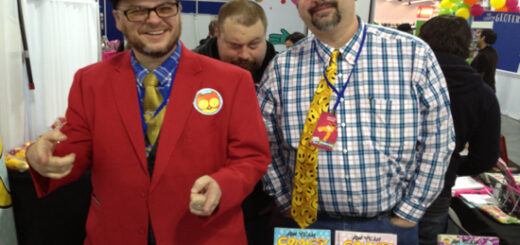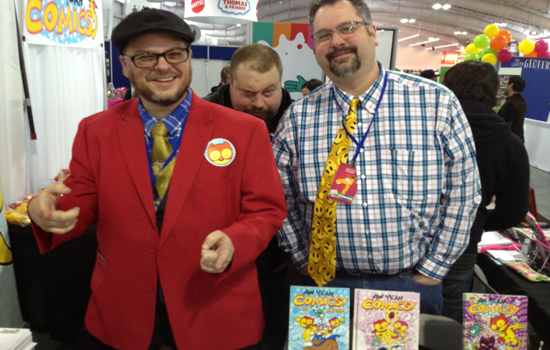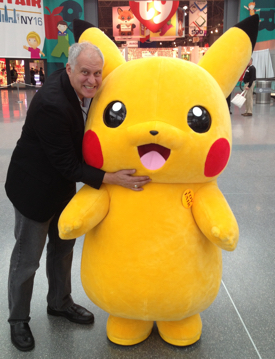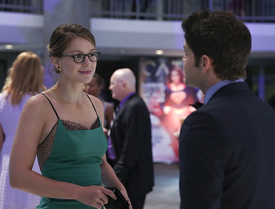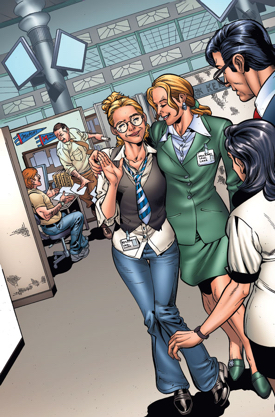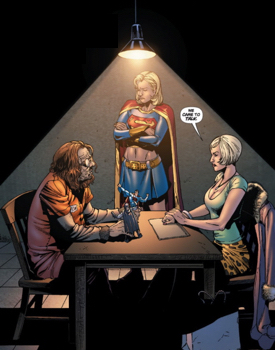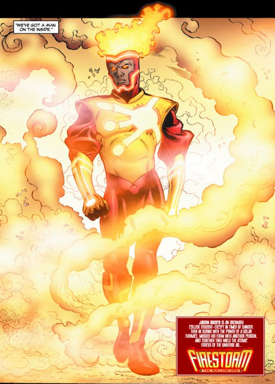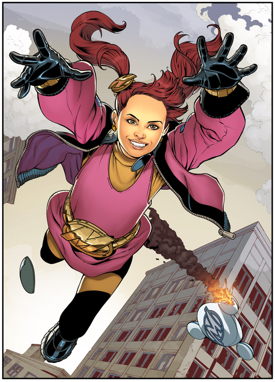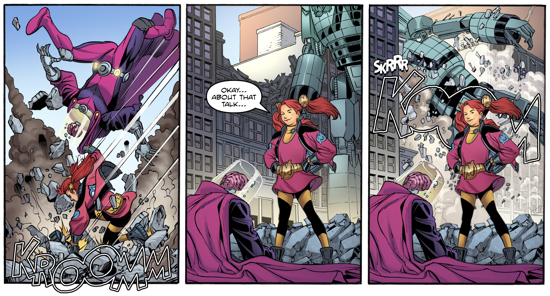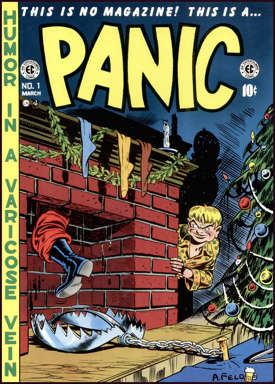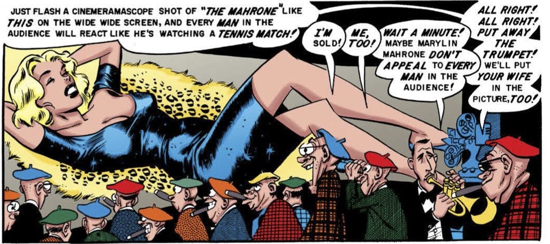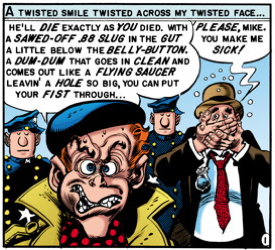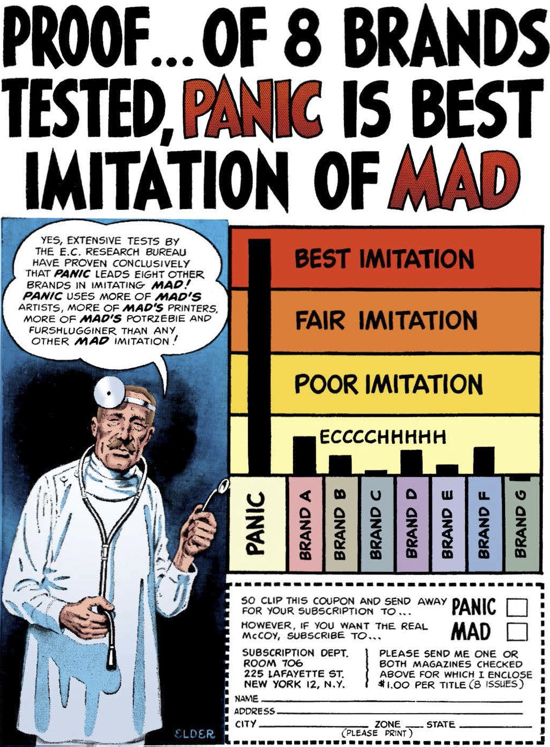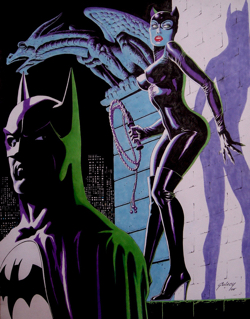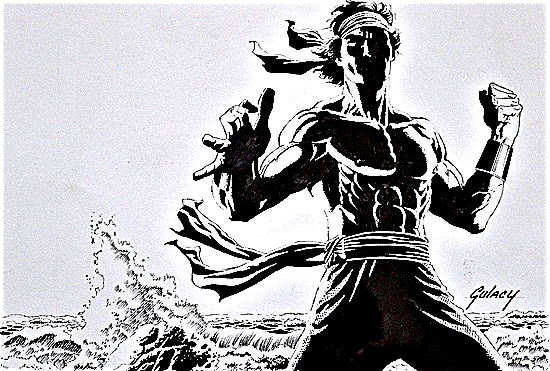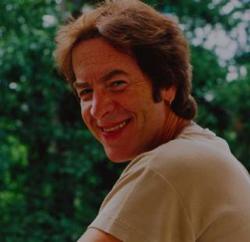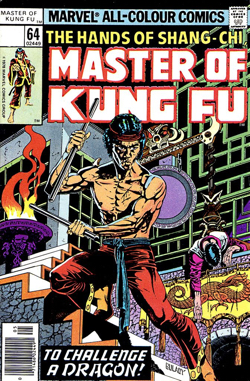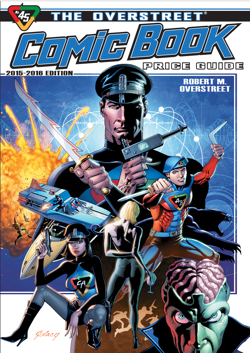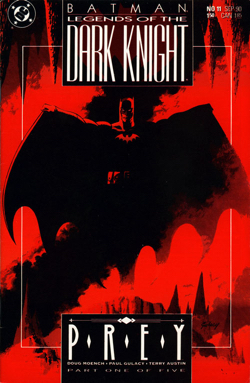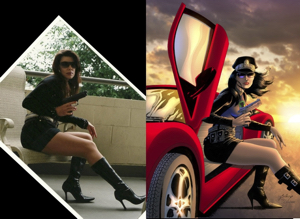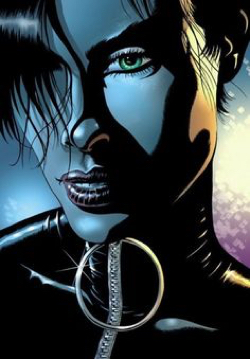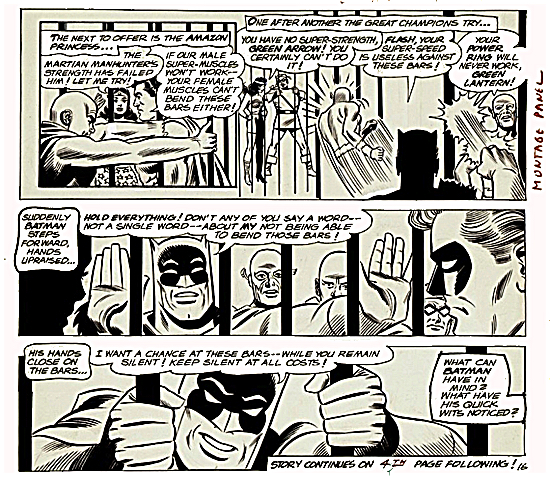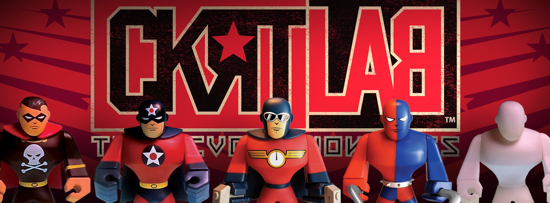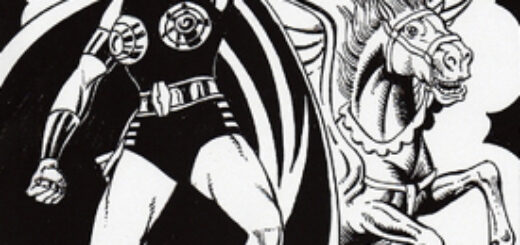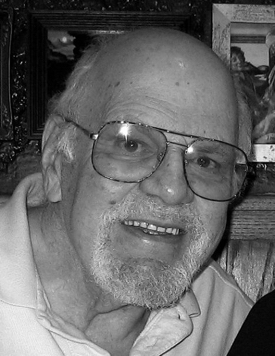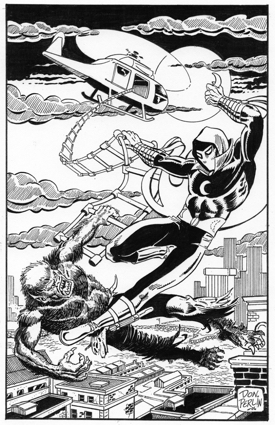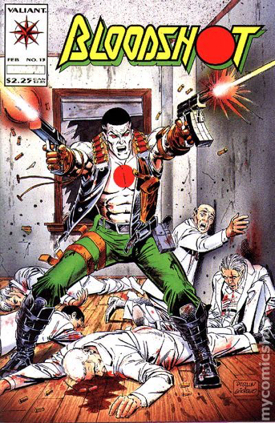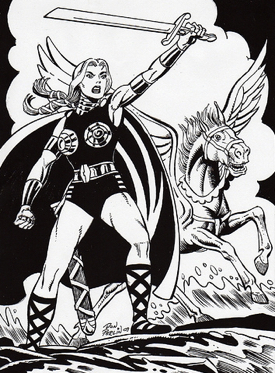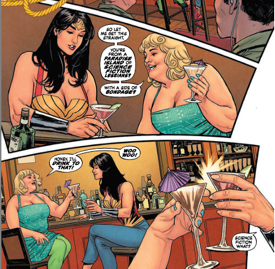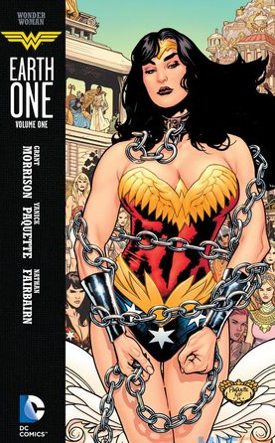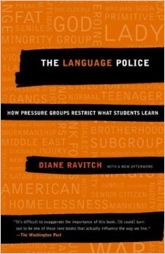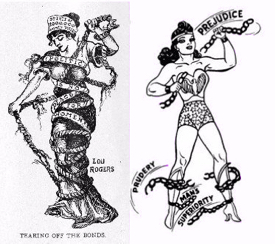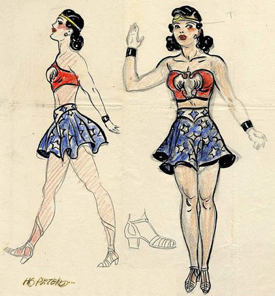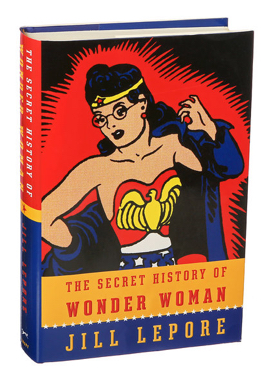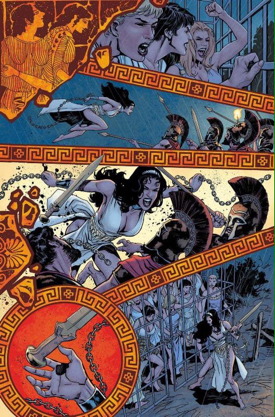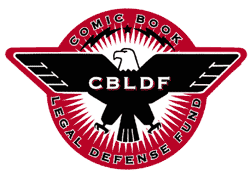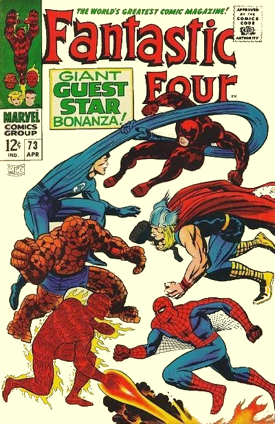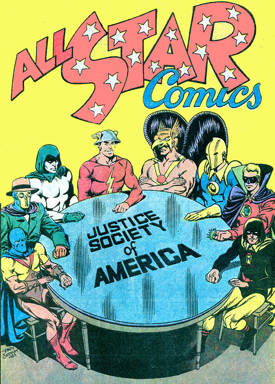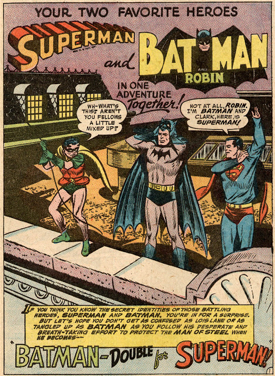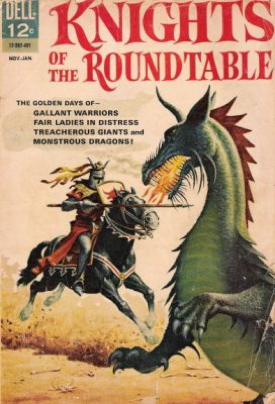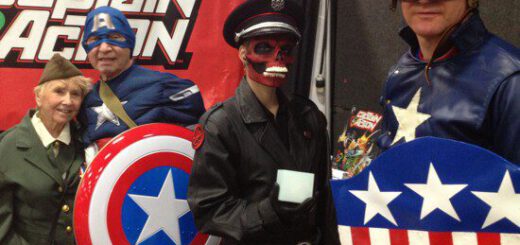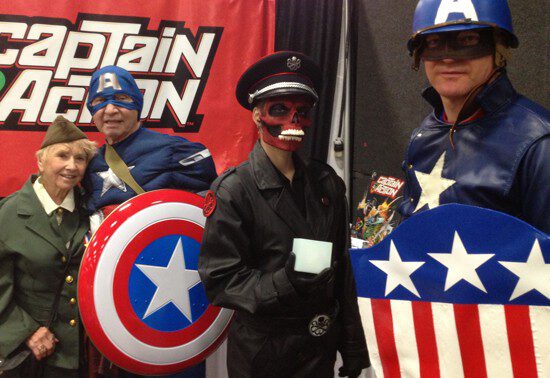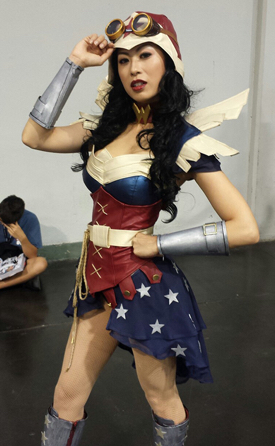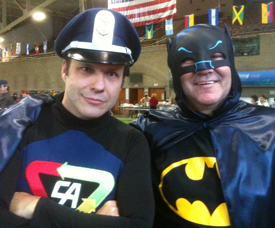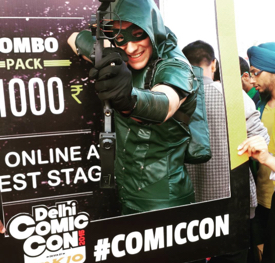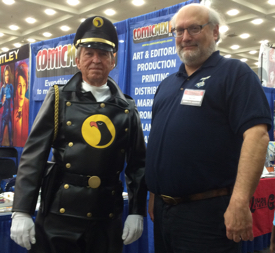Ed Catto: Nerd Rage – Is It Clobberin’ Time?
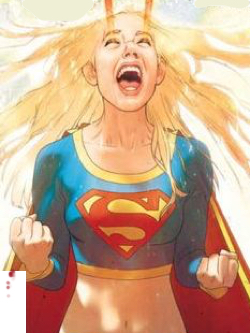 There are two sides to every coin. I usually write the incredible passion fans have for Geek Culture. This week I’m thinking about Nerd Rage.
There are two sides to every coin. I usually write the incredible passion fans have for Geek Culture. This week I’m thinking about Nerd Rage.
This term probably started as a way to describe frustrations in video gaming. But it is now generally used to describe the intense anger that arises when fans vehemently disagree with development plans or ongoing creative efforts for a brand, mythology or intellectual property with which they disagree.
You’ve seen many examples of Nerd Rage. During the yuletide release of the new Star Wars movie, it seemed as if the whole country waited with bated breath for the core fans’ judgment. There had been months of speculation prior to the debut. Would fans approve or shake their virtual fists with the fury of Nerd Rage?
Sports radio is, in many ways, founded on the concept of Nerd Rage, although they’d never call it that. “Real fans” offer their own opinions on the activities, plans and choices made by coaches, teams and players. And all too often, the fans are angry. That makes good radio, I guess.
 And closer to home, this past month DC Comics announced their mythology would be undergoing a “rebirth.” Fans anxiously gritted their teeth in anticipation of yet another rejiggering of the fictional background and histories of the characters.
And closer to home, this past month DC Comics announced their mythology would be undergoing a “rebirth.” Fans anxiously gritted their teeth in anticipation of yet another rejiggering of the fictional background and histories of the characters.
“Nerd Rage is not a joke – fans get upset when their favorite mythologies are changed,” said Gerry Gladston, CMO/CLO of Midtown Comics. As a long-time fan and one of the architects of a best-in-class comic retailer, Gerry has a unique perspective on the ramifications of Nerd Rage.
“Midtown Comics’ long term official observation demonstrates that a large percentage of fans tend to cool off after the initial exposure to their Nerd Rage trigger, and often embrace it if they deem the new direction to be of high quality and to add substance to the mythology,” explained Gladston.
 Rich Johnston is the founder of BleedingCool.com, a leading geek focused news site. With his knack for uncovering rumors of industry changes, he routinely offers prophetic glimpses that often trigger Nerd Rage. “The things we love, inspire passion. People damaging the things we love, inspire hate,” said Johnston. “There’s only so much nerd rage because there’s so much love in the first place. Just sometimes that love … can be seriously misplaced.”
Rich Johnston is the founder of BleedingCool.com, a leading geek focused news site. With his knack for uncovering rumors of industry changes, he routinely offers prophetic glimpses that often trigger Nerd Rage. “The things we love, inspire passion. People damaging the things we love, inspire hate,” said Johnston. “There’s only so much nerd rage because there’s so much love in the first place. Just sometimes that love … can be seriously misplaced.”
A little while back, Fast Company ran an article called “Why Being Hated Isn’t the Worst Thing For Your Brand.” Tom Denari explored the idea that brands being noticed, and achieving a level of salience, is more important than being liked. He also noted that it’s natural that brands that are loved by many, like The Yankees or Duke University, are also hated by many.
But when it affects sales of a brand or product, that’s a problem. “In cases where a new direction for a mythology is not found to add substance, nor otherwise make sense, Nerd Rage can cause fans to jump off,” said Gladston. And that’s what happened with DC Comics’ last few rebooting initiatives.
 J.C. Vaughn, Vice-President of Publishing for Gemstone Publishing explains that there are no simple answers in these new directions. “It’s easy to come up with the editorial-or management-driven dictates that have chased readers away in comics, but I’d like to concentrate on one that sparked a fair bit of outrage before it came out and then turned out to be one of the greatest runs in comics history. For years, there were two deaths in the Marvel universe that were sacrosanct, Uncle Ben and Bucky. And then Ed Brubaker and Steve Epting brought back Bucky, made him a Soviet-era pawn responsible for deaths across six or seven decades, and Cap’s foe. Tell me that twelve years ago and I would have thought you were insane (even then, though, I wouldn’t have thought you should be killed). And the result was a truly great, long run on the comic and a wonderful film.” That film, of course, was Captain America: Winter Soldier.
J.C. Vaughn, Vice-President of Publishing for Gemstone Publishing explains that there are no simple answers in these new directions. “It’s easy to come up with the editorial-or management-driven dictates that have chased readers away in comics, but I’d like to concentrate on one that sparked a fair bit of outrage before it came out and then turned out to be one of the greatest runs in comics history. For years, there were two deaths in the Marvel universe that were sacrosanct, Uncle Ben and Bucky. And then Ed Brubaker and Steve Epting brought back Bucky, made him a Soviet-era pawn responsible for deaths across six or seven decades, and Cap’s foe. Tell me that twelve years ago and I would have thought you were insane (even then, though, I wouldn’t have thought you should be killed). And the result was a truly great, long run on the comic and a wonderful film.” That film, of course, was Captain America: Winter Soldier.
Vaughn concludes that story-driven changes often justify creative change-ups. “We’re talking about fiction after all. On the other hand, we’ve seen the fallout of change for the sake of change.”
But there is a problem when Nerd Rage becomes irrational.
“Nerd Rage is sort of a big boat and a lot of things from irritation and justifiable anger are getting lumped in with out-of-control vitriol that truly has no place in civilized discourse,” said Vaughn.
“Make a website because you know Greedo did not shoot first? Rag on George Lucas for such decisions? Sure thing. I’ve got your back. Saying or posting that a reporter should be killed because she doesn’t ‘get’ Star Wars? Are you kidding? Do you have no sense of proportional response? The world is a pretty horrible place. Comics, movies, books, and video games are among our escapes. And you feel comfortable saying someone should be killed for thinking other than the way you think? You are the problem, not the person you’re criticizing,” said Vaughn.
What’s that old Oscar Wilde quote? “The only thing worse than being talked about is not being talked about.”


